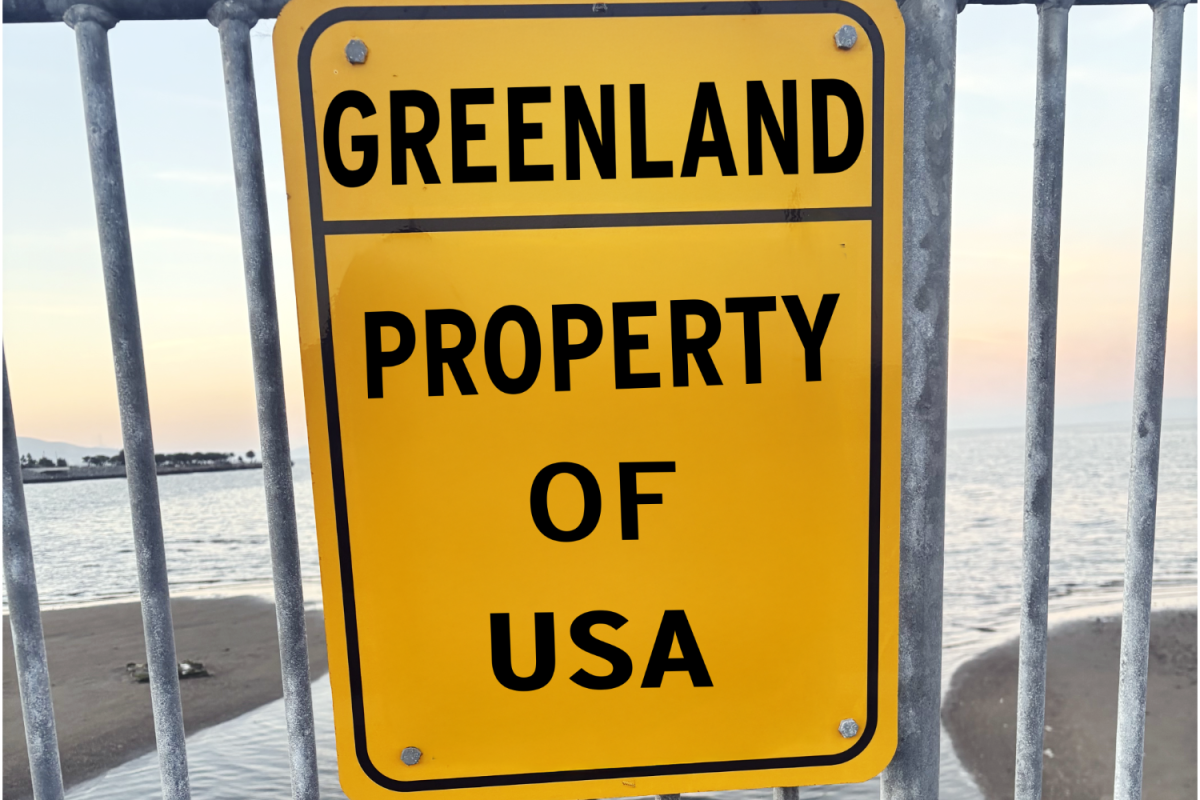Congratulations! If you buy organic produce and own a hybrid or electric vehicle, we’re all about to die, and it’ll be your fault.
Ever since Taylor Swift’s private flight logs were released, the internet has been going wild over her carbon footprint and environmental impact, which is, frankly, relatively low compared to other celebrities.
Not to disregard her 170 flights in the first seven months of 2022; however, she doesn’t even make the top 30 list of most significant carbon contributors.
Emission data from the myclimate.org Carbon Tracker shows the obscene impact of all your favorite billionaires’ private plane flights — from plastic queen Kim Kardashian to leader in electric vehicles Elon Musk, these high-profile celebrities and other top 0.1%-ers account for over 16% of annual carbon emissions from heating their massive mansions, taking a private jet to reach the remote, and escaping to their yachts that could easily hold all of Nick Cannon’s extended family.
Correspondingly, these high-emission, high-income celebs live in high-emission, high-income nations where they can fan away any environmental impact with carbon credits because they don’t see the effects in their day-to-day life the same way low-emission countries without the resources to protect themselves from climate change do.
Chad is regarded as the most environmentally vulnerable country due to consistent floods and famine — which have only worsened over the past few decades — yet only emitted 0.14 metric tons of carbon per capita in 2019. Similarly, Somalia, affected by droughts and famine, produced 0.04 metric tons per capita in 2019.
The per capita income in Chad, Somalia, and other low-emission countries averaged $800 in 2023 — whereas the industrialized U.S. and China, with a shared responsibility of 43% of global carbon emissions, see per capita incomes around $70,000-$20,000 each.
However, as the previously stated data on our favorite celebrities eludes, very little of the U.S. carbon footprint comes from anyone with an annual income of $70,000 or less.
In fact, the bottom 80% of American households account for less than half of the national emissions. For context, to be in the top 20%, you’d need an annual income of at least $130,000.
To think, environmentally friendly recycling, energy usage and sources, and water conservation initiatives are pushed onto the citizens who hardly make a tangible impact in relation to the top 0.1%. Who are you to encourage solar panels when your electric vehicle company produced 33 million metric tons of carbon in 2022?
The supposed environmental benefits of Teslas and other electric vehicles are rendered obsolete in the face of supply chain pollution and the fact that Tesla owners with too much money just bought their second car in four years — the Cybertruck: a glorified cardboard box with bad internal turn signals.
The audacity doesn’t stop there. An absurd yet lucrative carbon credit industry has these high-emission companies and millionaires in a chokehold for, effectively, permission to pollute the environment.
For those who don’t know, carbon credits are like Bitcoin but with an added flair of supposed environmental benefit.
A carbon credit is a permit that allows the holder to emit one ton of carbon dioxide or other greenhouse gas per credit. Any significant pollutant company is “awarded” credits annually to provide a supposed limit on their pollution. Obviously, though, you can’t just cap pollution (think of the economy!) — thus, companies can sell their “unused” credits to other companies that want to destroy our planet more than they’ve been given a free pass to.
Lately, Disney, Nike, Drake, and Swift have been buying credits to offset their emissions from manufacturing shoes, producing blockbuster flops, and touring the world with visits to Travis Kelce now and then.
Either for peace of mind or to put flashy headlines in front of people who don’t understand the little effect carbon credits actually have, these superstar companies and celebrities are buying permission to release greenhouse gasses from companies that weren’t going to use them anyway — absolutely insane how environmentally conscious they’re being.
The lowest emitters of greenhouse gases — read: countries or people who can’t afford to degrade the environment — have minimal resources even to attempt to lower their already insignificant releases. Meanwhile, the highest emitters of greenhouse gases will take a private jet that is 14 times more polluting than a commercial flight to their second vacation home in France and pay off their guilt.
That leaves the select class of people who can regularly spend $12 on organic grapes from Whole Foods yet can’t complete Musk’s long-running joke with his naming of the Tesla models — S3XY, super clever — tasked with saving the planet they’re hardly destroying.
Best of luck!












